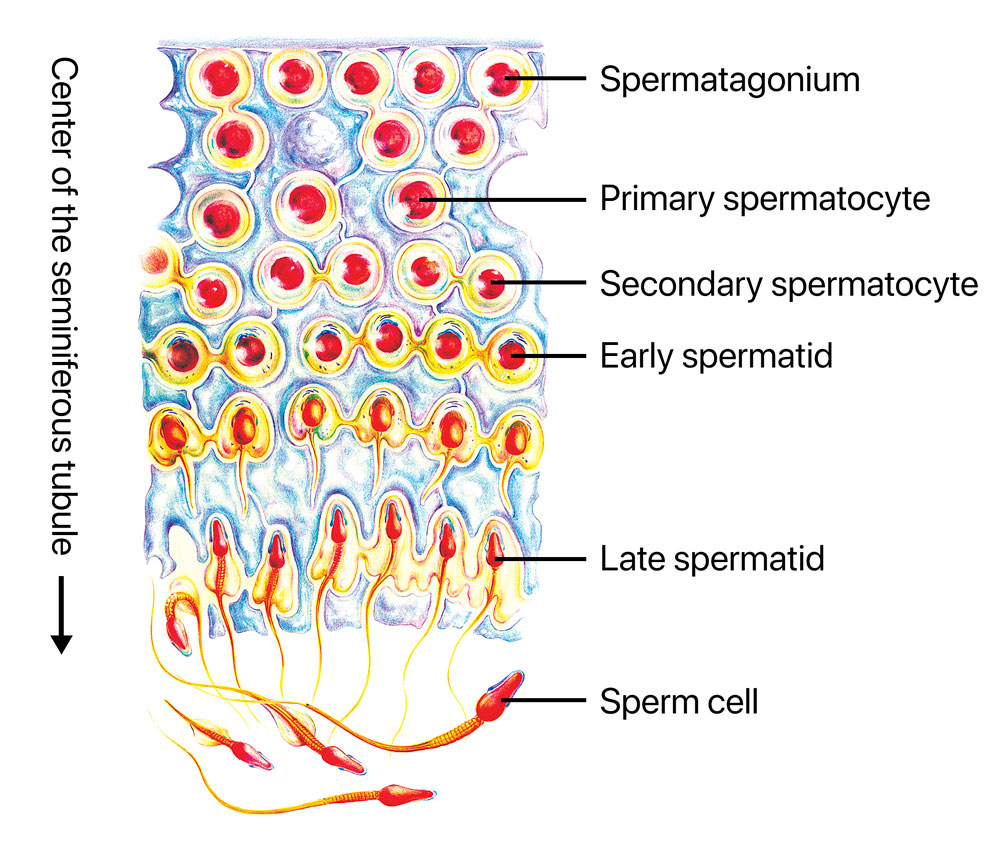There are two common systems for denoting a fetus’s prenatal age. Embryologists use post-conception age, referring to the length of the pregnancy from the time of conception. Most obstetricians, medical professionals, and mothers use gestational age, which starts at the beginning of a woman’s last menstrual period. Ovulation and conception often occur approximately two weeks after the start of a woman’s last menstrual period. Therefore, a woman’s period and the week afterwards actually gets counted towards her baby’s gestational age, even though she was not pregnant at that time. On this website, we use gestational age unless otherwise indicated.
Pregnancy starts at conception. Conception occurs after a woman ovulates, which is usually about two weeks before she will have her next menstrual period if she does not become pregnant. For a woman with regular, 28-day cycles, this is also about 2 weeks after her last menstrual period. If a woman knows exactly when she conceived, then she can calculate the baby’s gestational age by adding two weeks to the post-conception age. So, if a doctor tells a woman that she is 6 weeks pregnant, then the preborn child has been inside her for 4 weeks. Similarly, if a woman gives birth when she is 40 weeks pregnant, the baby has only existed for 38 weeks.












